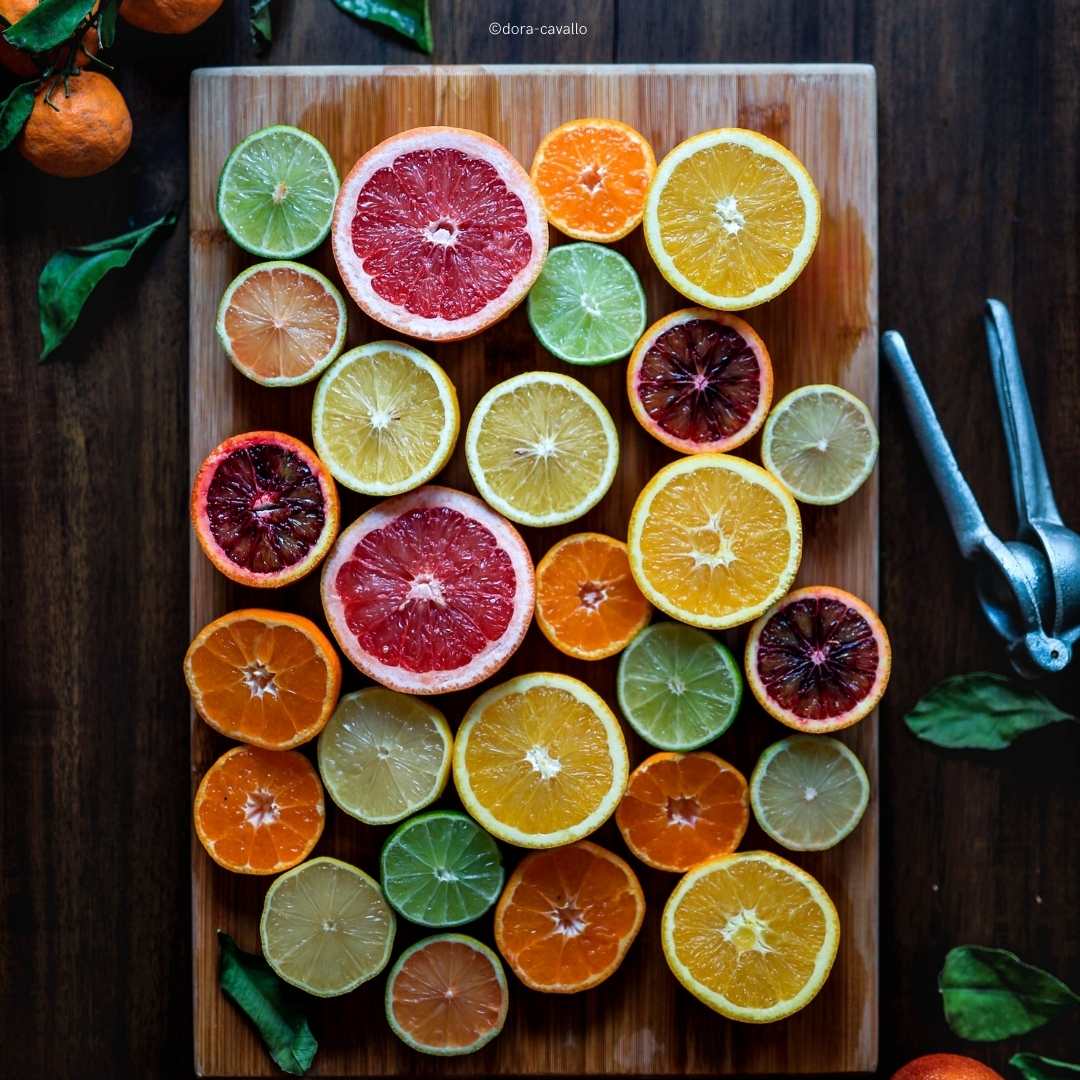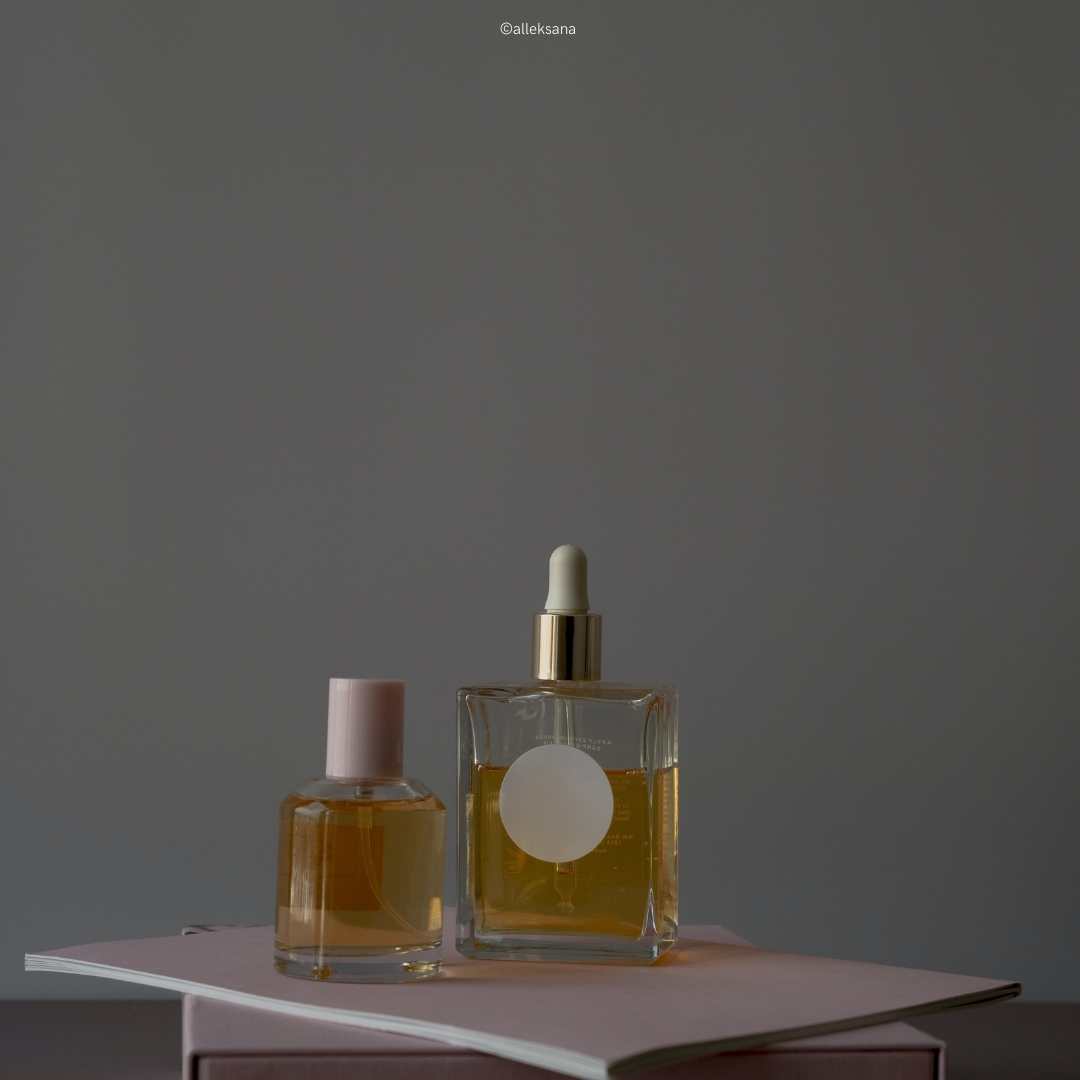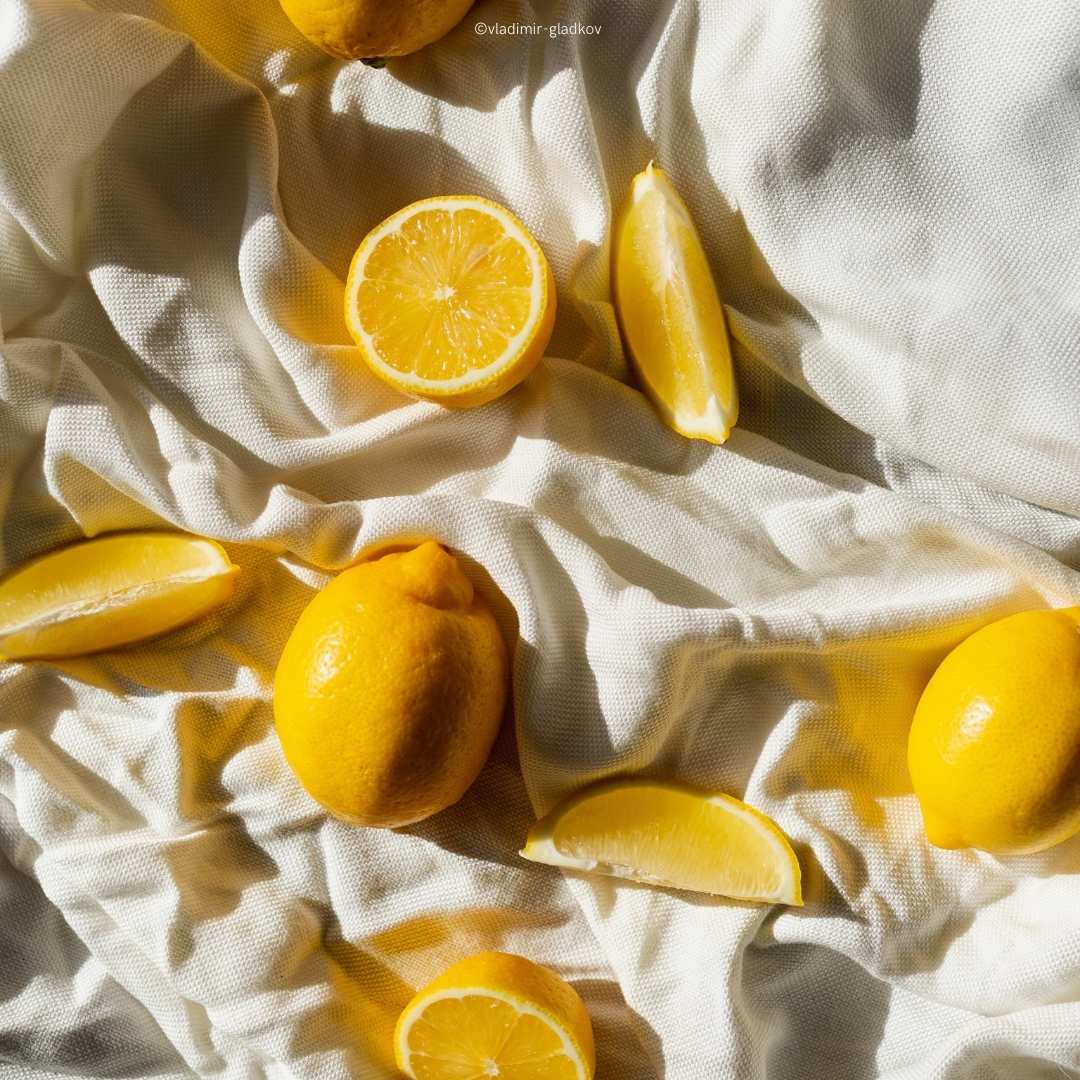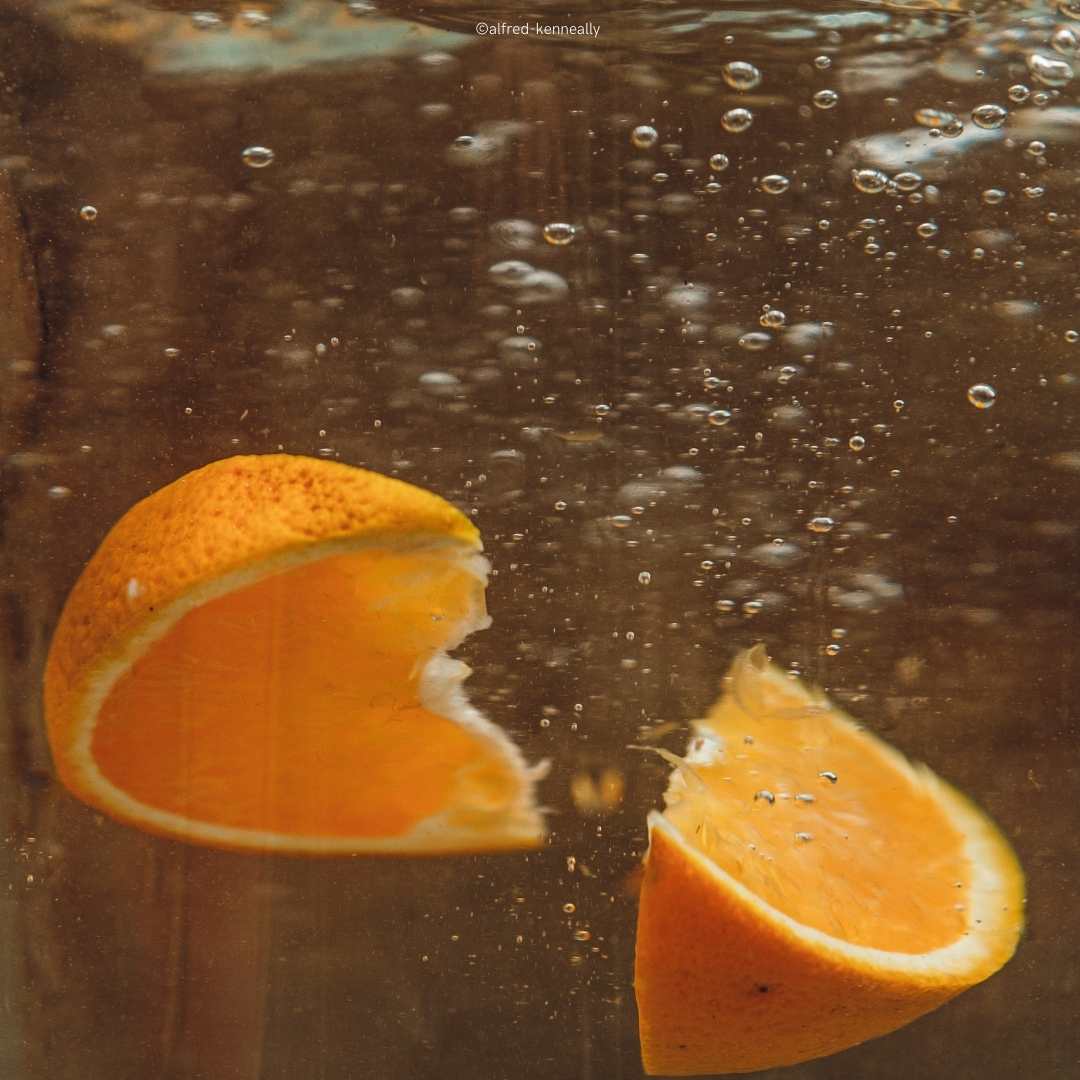Perfume was born in Ancient Egypt, in the form of divinations addressed to the Gods through the smoke of incense. It was reborn in the Middle Ages in a therapeutic light, marking the beginnings of Eau de Cologne.


The Middle Ages saw the emergence of plant-based mixtures, prized for their purifying benefits. One example is L’Eau de La Reine de Hongrie (1370), which combines lavender, sage, and rosemary.
In the 18th century, the Italian Gian Paolo Feminis went to Cologne to sell his Aqua Mirabilis, a combination of alcohol and citrus fruits, whose medicinal virtues were recognized by the Cologne medical faculty in 1727. At his death, he entrusted the formula of this miracle remedy to his nephew, Gian Maria Farina, whose descendant, who founded his brand in Paris, sold it to Roger et Gallet.
The Eau de Cologne was very popular with the Royal Court. Guerlain created L’Eau de Cologne Impériale (1853) for Empress Eugenie, thus establishing his reputation as a perfumer.
Far from being out of fashion, Eau de Cologne is a timeless success. Rich in light notes, it seduces by its freshness and its elegant simplicity. It is based on a structure of citrus, neroli, petitgrain, lavender, thyme and rosemary, which brands are revisiting today with modernity.
Like Guerlain, which reinterprets the genre with the Cologne du 68 in a spicy dimension, Hermès imagines beautiful variations with its range of Colognes: L’Eau d’Orange verte, L’Eau de Gentiane Blanche, L’Eau de Rhubarbe Écarlate, Eau de Narcisse bleu…
Niche brands also cultivate this register, like Institut Très Bien and its Cologne à la Russe, or Atelier Cologne, which makes it its DNA around more tenacious formulas. Editions de Parfums Frédéric Malle presents a musky orange blossom with an enveloping trail in La Cologne Indélébile.


All you have to do is choose your cologne for the summer from a large, selective and exclusive range!
Sophie Normand
